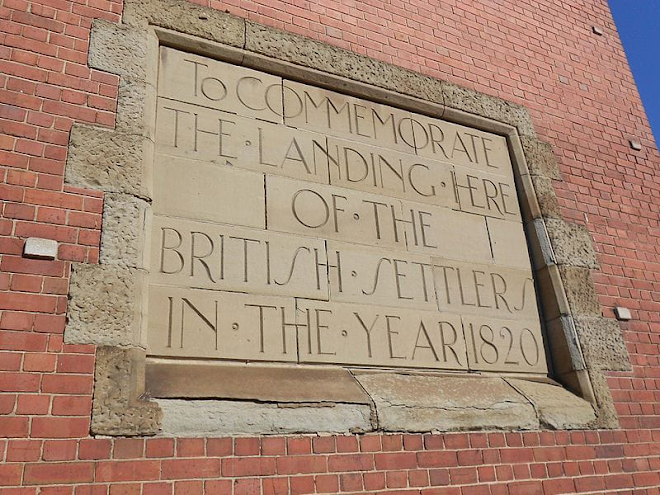When the British took over the Cape in 1795 the Castle fell under their administration. Many of the Dutch Settlers disliked the British administration and left the Cape for the first time. By the 1820’s the first British settlers arrived en masse in the Eastern Cape and the discovery of gold on the reef changed the political landscape for the Dutch Settlers in South Africa forever.

Picture and written source: http://www.bourtange.nl/ Bortange, vesting
Quote: “In 1580 William of Orange gave the order to build a fort on the sand ridge in the Bourtanger moor, on the border of modern Germany. On the order of William Louis of Nassau the fortress was raised in 1593.* Between 1593 and 1851 Bourtange was an important fortress. An agrarian village came into being when the fortress was dismantled in 1851. Only a few buildings still remembered the glory of yesteryear. In the nineteen sixties** the county of Vlagtwedde took the initiative to reconstruct the fortress. The plan was implemented between 1967 and 1992. Ramparts were again raised, ditches were dug and soldiers’ barracks were built. Visitors of present day Bourtange believe themselves to be back centuries in time. Meet the fortress which has never been taken ... Maybe we’ll see you in the year 1742!”
http://www.bourtange.nl/
